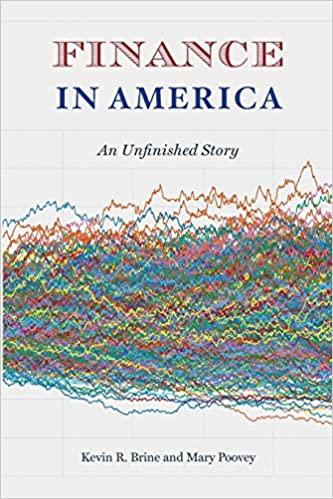Answered step by step
Verified Expert Solution
Question
1 Approved Answer
Investor A makes a cash purchase of 100 shares of AB&C common stock for $55 a share. Investor B also buys 100 shares of AB&C
| Investor A makes a cash purchase of 100 shares of AB&C common stock for $55 a share. Investor B also buys 100 shares of AB&C but uses margin. Each holds the stock for one year, during which dividends of $5 a share are distributed. Commissions are 2 percent of the value of a purchase or sale; the margin requirement is 60 percent, and the interest rate is 10 percent annually on borrowed funds. What is the percentage earned by each investor if he or she sells the stock after one year for (a) $40, (b) $55, (c) $60, and (d) $70? If the margin requirement had been 40 percent, what would have been the annual percentage returns? What conclusion do these percentage returns imply? |
Step by Step Solution
There are 3 Steps involved in it
Step: 1

Get Instant Access to Expert-Tailored Solutions
See step-by-step solutions with expert insights and AI powered tools for academic success
Step: 2

Step: 3

Ace Your Homework with AI
Get the answers you need in no time with our AI-driven, step-by-step assistance
Get Started


